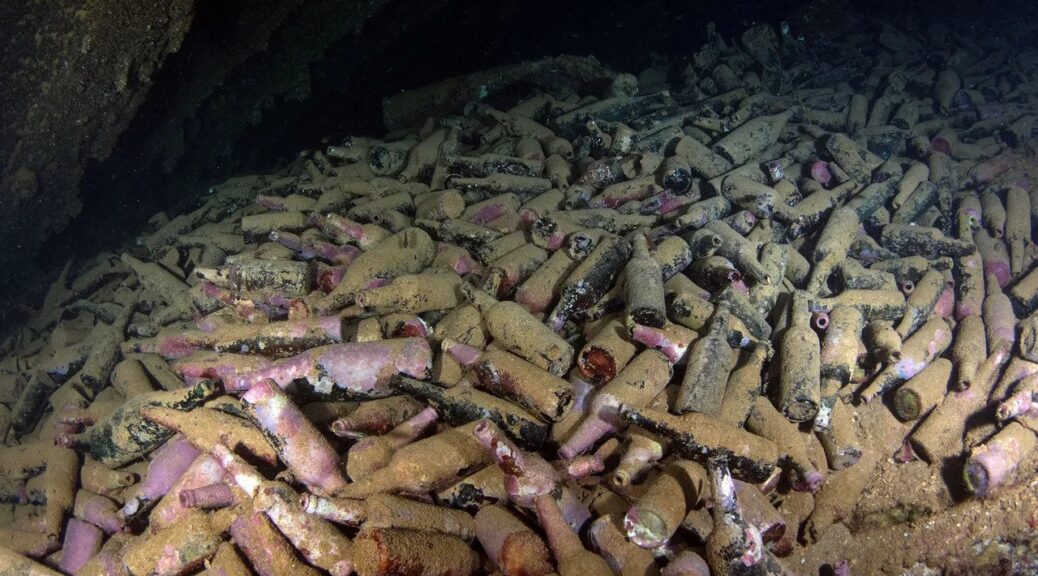The treasure inside beer lost in a shipwreck 120 years ago
Long-forgotten strains of yeast are searched for in wrecks, abandoned breweries and other places in the hope that they can be put to good use if they are resurrected. gently relieving himself through a hatch in the sunken hold, he could see the wreckage treasure waiting for him. He had been there for over 100 years. But now a part was about to be released from its resting place.

The explorer in question, Steve Hickman, a dive technician and amateur diver, was carrying a small bag in the net with him.
The treasure he was looking for was beer. Rows of glass beer bottles, partly buried in the silt, were kept in the hold of this ship. With visibility reduced to zero, Hickman was effectively blinded. But he knew this shoulder wellve and had visited it several times before. He continued, searching for more bottles in the dark. Once he gathered and bagged a few, he escaped and his team carefully brought the bottles to the surface.
The wreck was Wallachia, a cargo ship that sank in 1895 off the coast of Scotland following a collision with another ship in thick fog. Wallachia had just left Glasgow and was packed with
Since he began diving in Wallachia in the 1980s, Hickman has collected tens of bottles containing whiskey, gin and beer. But his recent visit, teamwork with several fellow divers, led to something unusual.
The bottles they recovered were turned over to scientists at a research company called Brewlab, who, along with colleagues at the University of Sunderland, was able to extract live yeast from the liquid in three of the bottles. . They then used this yeast in an attempt to recreate the original beer.
In 2018, a similar project in Tasmania used yeast from 220-year-old beer bottles found on a wreck forget close to a drink from the 1700s. But the study of Wallachia yeast revealed a surprise. These beers contained an unusual type of yeast and the team behind the work is now evaluating whether this strain perishes. long overdue could have applications in modern brewing or could even improve the beers of today.

In any case, there is a
“Yeast species apart from Saccharomyces cerevisiae are often more tolerant of things like using frozen dough and sometimes even have increased lifting capacity, ”Heil explains.
Thomas says he wants to sample and study yeast sealed containers found on even more shipwrecks, or other times well preserved and watered capsules. And by studying the genetics of ancient yeast strains, it might also be possible to identify previously unknown but desirable genes, which might influence genetically modified yeast in the future.
But the Wallachia Wreck is a sobering reminder of how lucky we are to have access to a handful of historic yeasts that keep us alive. can partner with confidence at a specific time and place.
In the 30 or so years since Hickman dived there, he has witnessed the wreckage deteriorating over time. The structures and walkways above and around the engine room collapsed. The cracks in the ship’s ageing walls widened. The ship is disappearing.
“I suspect that maybe in the next 20-30 years it will be completely gone,” he says.
Wallachia will disappear. probably taking her remaining beer bottles with her as she slowly shatters on the seabed. Precious link with 19th-century brewers will finally disappear forever, taking with it the precious yeasts it carries in
